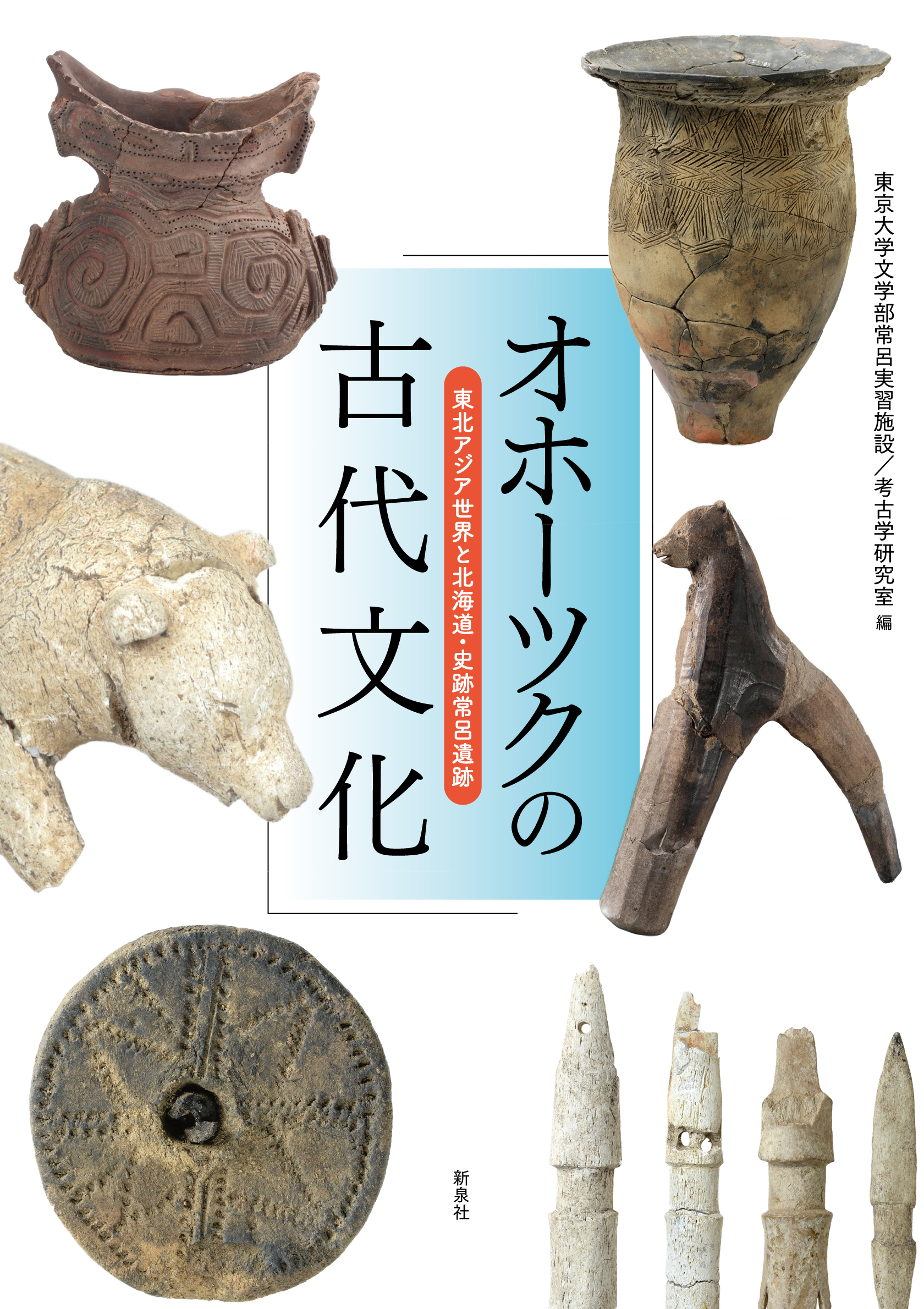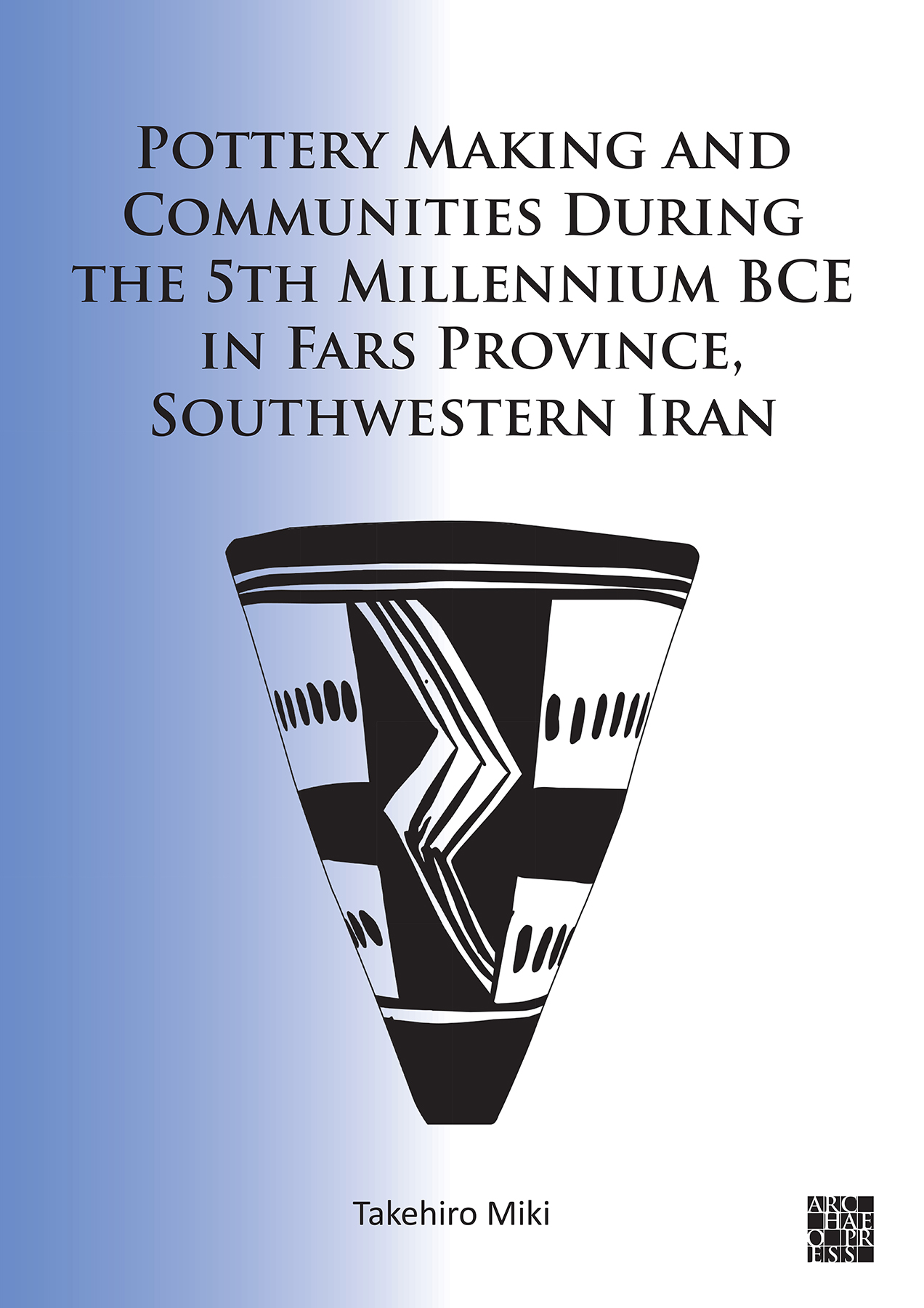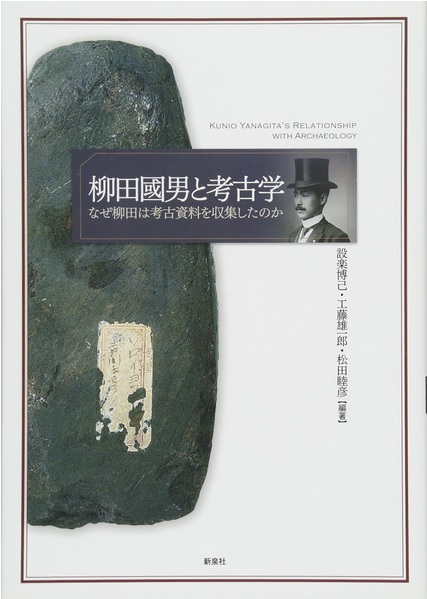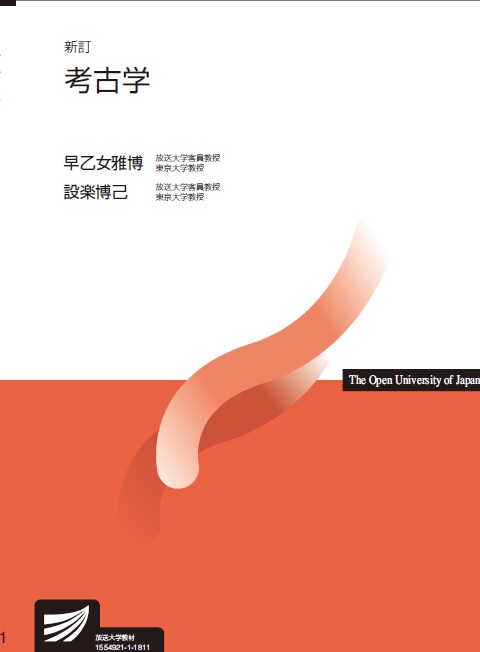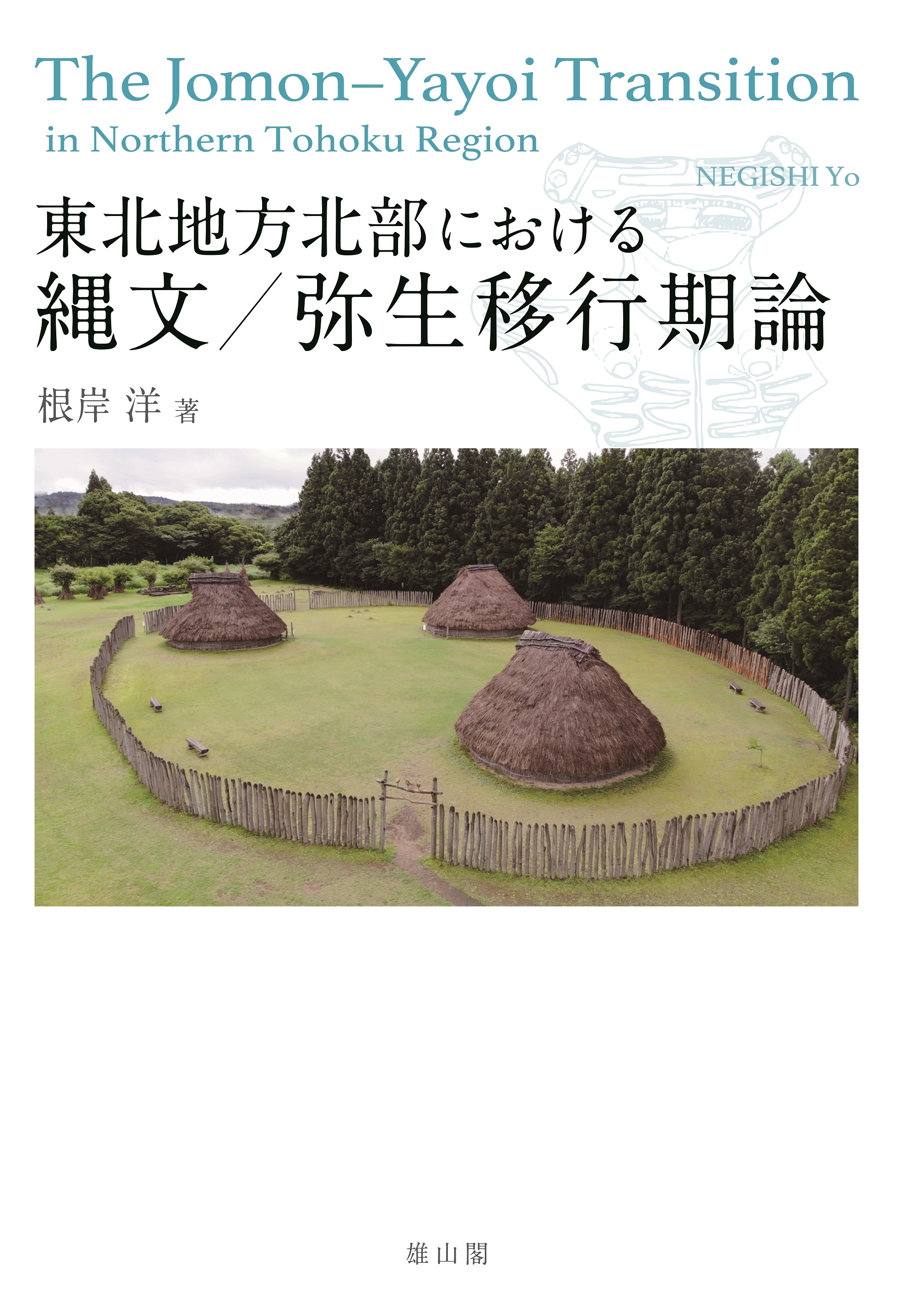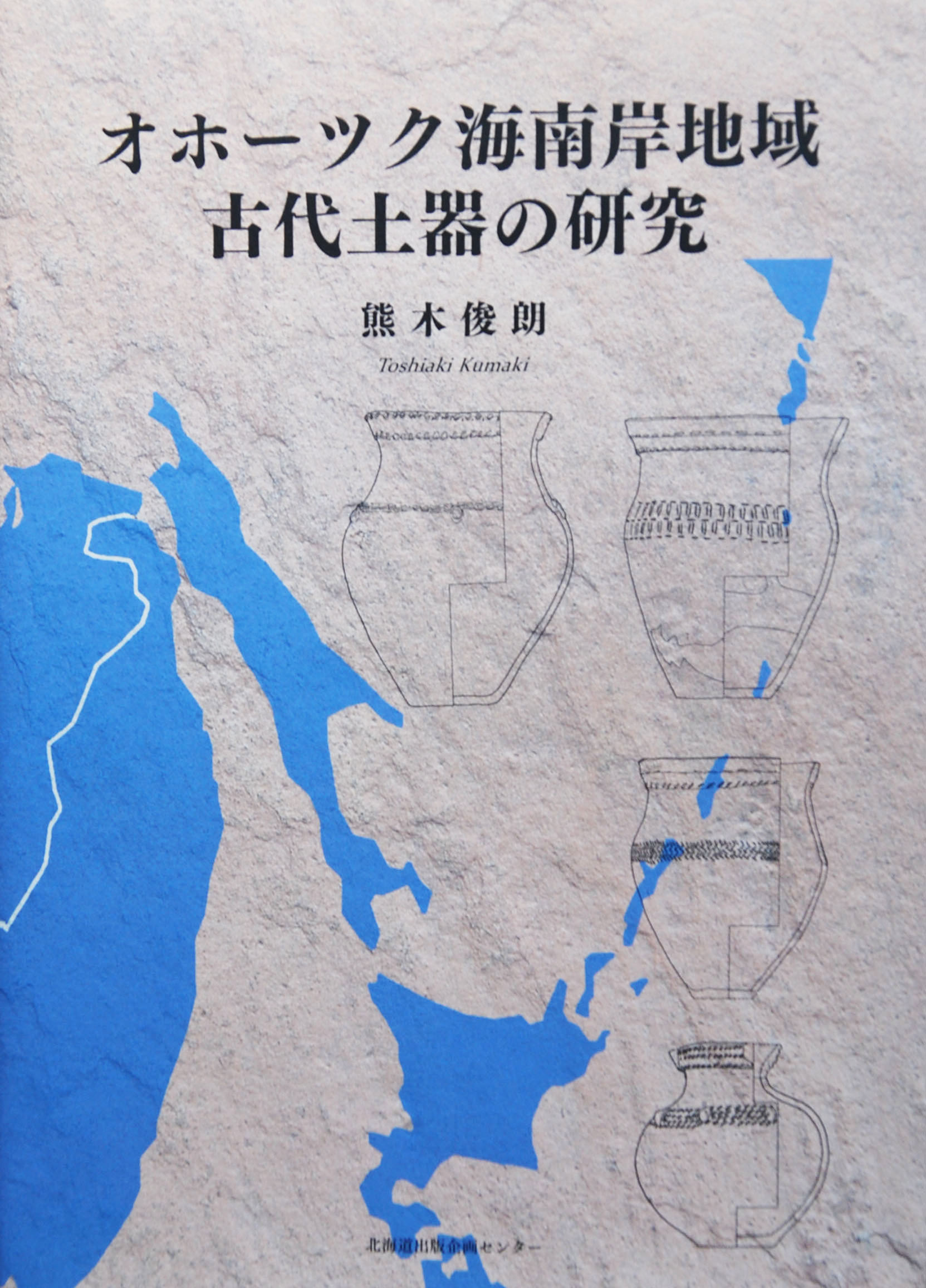
Title
Okhotsk-kai Nangan Chiiki Kodai Doki No Kenkyu (Research on the Ancient Pottery of the Southern Coast of the Sea of Okhotsk)
Size
321 pages, B5 format
Language
Japanese
Released
July 10, 2018
ISBN
9784832818040
Published by
Hokkaido Publication Planning Center
Book Info
See Book Availability at Library
Japanese Page
In Japan, Japanese prehistory is taught up through high school as a progression from the Paleolithic period through the Jomon, Yayoi, and Kofun periods. Did you know, however, that the archeological periods are different for Japan’s northernmost island of Hokkaido? In Hokkaido, where wet-rice farming was not introduced until the Meiji era, prehistory after the Jomon period is divided into the Epi-Jomon, Satsumon, and Ainu periods. It is also known that during the period when the late Epi-Jomon period transitioned to the early Satsumon period, there simultaneously existed in northeastern Hokkaido an Okhotsk culture of different peoples from the north. This book examines the regional interactions between the Epi-Jomon and Okhotsk peoples by making a comparative study of their respective pottery, focusing primarily on the differences in pottery type classifications and chronology. The materials examined span a period that roughly extends from 4 BCE to around 12 CE.
Chronology plays a central role in Japanese archeological study of pottery, whether prehistorical or historical. Because chronology-building based on classification by shape and pattern is the basic foundation for Japanese archeological research, a deep knowledge of the minutest differences of detail to be found in actual specimens is essential, as is the exhaustive inspection of a large volume of archeological materials. Papers on the subject often have long passages that are difficult to understand for anyone outside of the field. While this book has more than 300 pages, roughly 70 % of our research findings were summarized in chronological tables covering only a few pages (for example, the table on page 238) and more than half of the book is devoted to detailed category descriptions and resource explanations.
The detail may seem excessive to a fault, but this is also the attraction of this work. Have you ever had this experience? You discover two similar pottery shards at an archeological excavation. An expert tells you one is old and the other is new. What, you wonder, does the expert see that you don’t? You examine the shards with intense desperation to find their differences. The author’s intent with this book is to explain this “What.” What are the criteria that distinguish type A from type B? Is it possible to prove that those criteria are meaningful within the context of chronology research? In other words, do those differences reflect differences of period and region? No paper that dismisses these aspects can be said to be scientific, and in fact, hinders the understanding of the neophyte researcher. Text that may seem too full of confusing detail on the surface can be a helpful and dependable tool when working face-to-face with actual specimens. This is the objective of the research put forth in this book.
The study of Epi-Jomon and Okhotsk pottery is a little-known minor field of Japanese archeology. Nevertheless, the pottery of this period marks a milestone in Japan’s northern history in which cultural interaction between the Japanese archipelago and the Asian continent was revived and flourished along a northern route that had nearly disappeared in the Jomon period. This book clarifies the pottery chronology and cultural interactions of the period and provides the foundations for reconstructing the history of northern Japan and the process by which the Ainu culture developed.
(Written by KUMAKI Toshiaki, Professor, Graduate School of Humanities and Sociology / 2019)



 Find a book
Find a book


